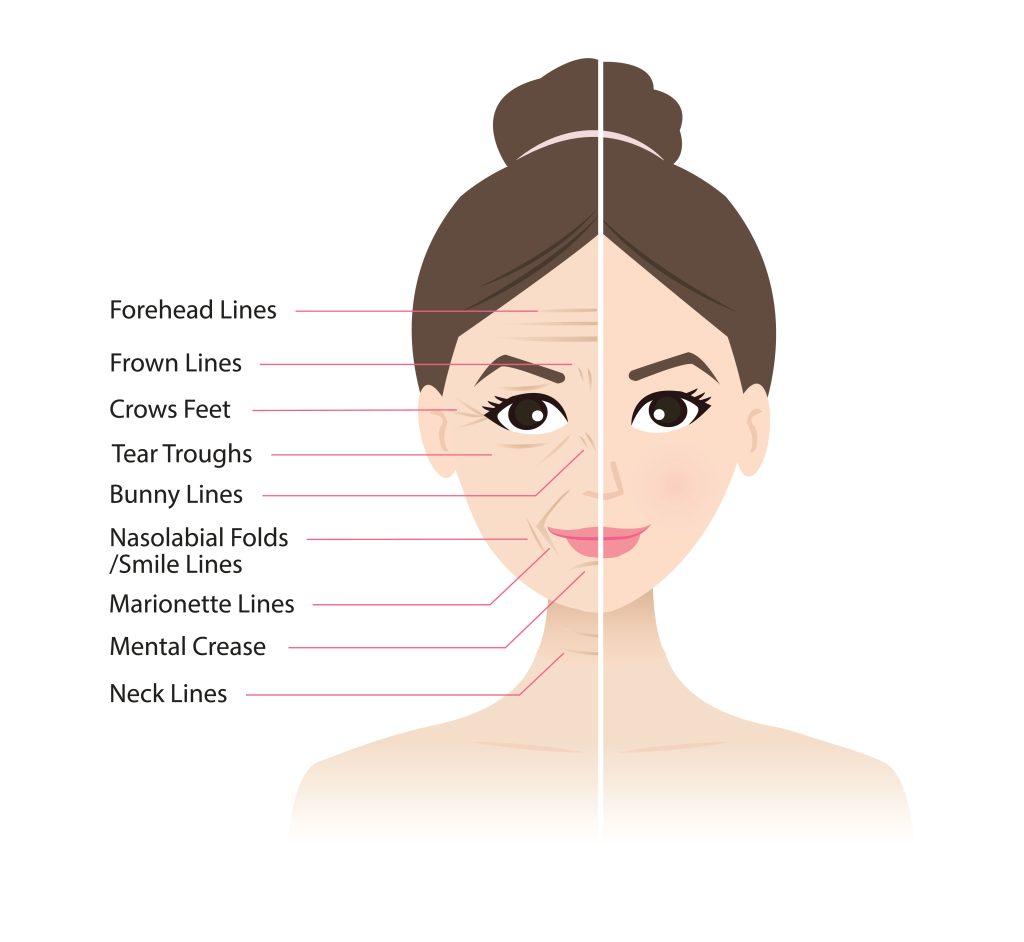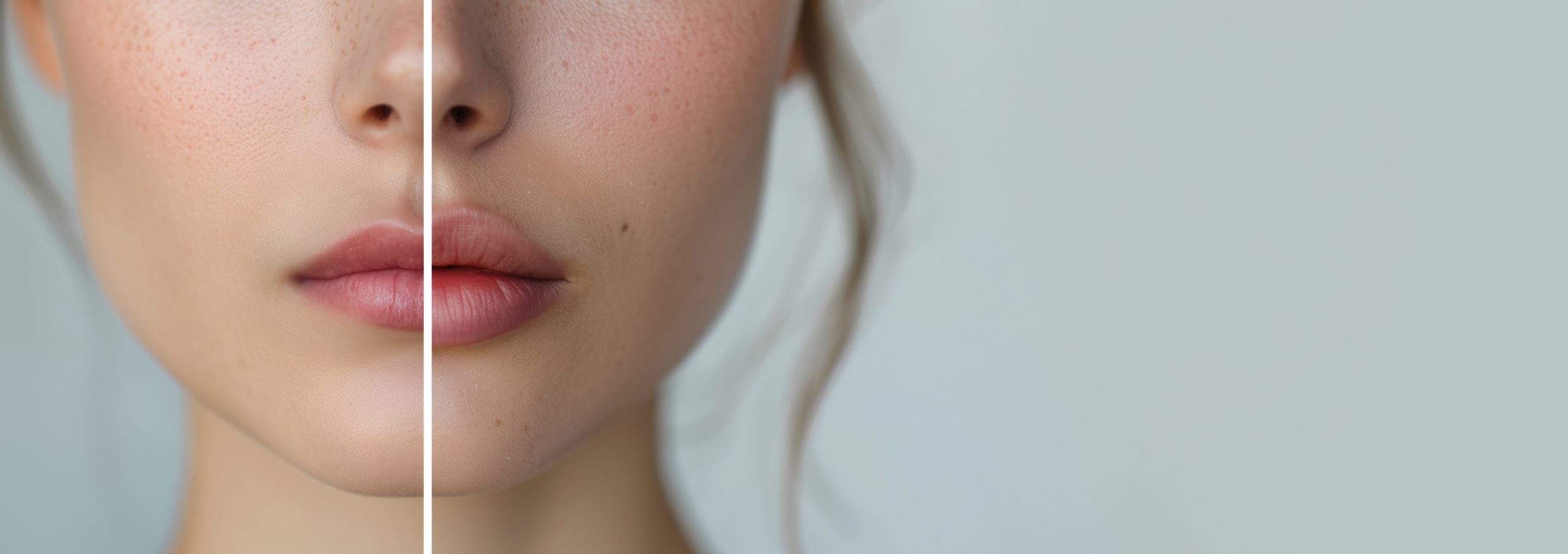Dermal fillers are injectable substances used to add volume, smooth wrinkles, and enhance facial contours. They are commonly used in cosmetic treatments to rejuvenate the face by filling in areas that have lost volume due to aging, weight loss, or other factors.
How Dermal Fillers Work
Dermal fillers work by plumping up the skin, smoothing lines, and restoring volume in areas where it may have diminished. They can be injected into various facial areas to improve the appearance of wrinkles, folds, and hollows. Fillers can also be used to enhance facial features, such as the lips, cheeks, and jawline.
Common Types of Dermal Fillers
There are several different types of dermal fillers, with the most popular ones including:
- Hyaluronic Acid (HA) Fillers:
- These are the most common type of dermal filler. Hyaluronic acid is a naturally occurring substance in the body that helps retain moisture and adds volume to the skin.
- Popular brands: Juvederm, Restylane, Belotero.
- Uses: Wrinkles, lip enhancement, cheek volume, and tear troughs (under-eye hollows).
- Calcium Hydroxylapatite (CaHA) Fillers:
- This type of filler is made from a substance similar to what is found in bones. It provides more structure and is thicker than hyaluronic acid.
- Popular brand: Radiesse.
- Uses: Deeper lines, folds, and to enhance the volume of the cheeks and jawline.
- Poly-L-Lactic Acid Fillers:
- This is a biodegradable synthetic material that helps stimulate the body’s collagen production over time.
- Popular brand: Sculptra.
- Uses: Volume loss in the face, particularly in the cheeks and temples, and to improve skin texture over time.
- Polymethylmethacrylate (PMMA) Fillers:
- These fillers contain tiny microspheres that provide support to the skin and help collagen formation. They are considered semi-permanent.
- Popular brand: Bellafill.
- Uses: Deeper lines and wrinkles, acne scars.
- Autologous Fillers (Fat Transfer):
- Involves taking fat from another part of your body (like the thighs or abdomen) and injecting it into areas of the face.
- Uses: Volume restoration, especially in areas like the cheeks or under the eyes.

Common Areas Treated with Dermal Fillers
Chin and Jawline: To add definition and structure to the lower face.
Nasolabial Folds (smile lines): The lines that run from the sides of the nose to the corners of the mouth.
Marionette Lines: The lines that run from the corners of the mouth to the chin.
Cheeks: To restore volume lost due to aging, creating a more youthful and lifted appearance.
Lips: To enhance lip volume, definition, and shape.
Under the Eyes: To treat hollow areas or “tear troughs” that can create dark circles or a tired appearance.
Benefits of Dermal Fillers
- Non-Surgical: Dermal fillers provide a less invasive alternative to facelifts or other surgical procedures.
- Instant Results: Results are usually visible immediately or within a few days.
- Minimal Downtime: Most people can return to their normal activities right after the treatment.
- Customizable: Fillers can be tailored to address specific concerns and desired outcomes.
Side Effects and Risks
While dermal fillers are generally considered safe, they do come with some potential risks, including:
- Bruising and swelling: Common at the injection site.
- Infection: Though rare, infection can occur if the procedure is not done in sterile conditions.
- Lumps or bumps: If the filler is not distributed evenly, it can lead to an uneven texture.
- Allergic reactions: Though uncommon, some people may react to certain filler materials, especially non-hyaluronic acid-based fillers.
- Vascular complications: In rare cases, if the filler is injected into a blood vessel, it can cause blockages or tissue damage.
Duration of Results
- The effects of dermal fillers can last anywhere from 6 months to 2 years, depending on the type of filler used, the area treated, and individual factors like metabolism.
- Hyaluronic acid fillers typically last 6-12 months, while other types (like calcium hydroxylapatite or poly-L-lactic acid) can last longer.
Overall, dermal fillers are a popular option for people looking to restore volume and smooth wrinkles with minimal downtime and no need for surgery.
